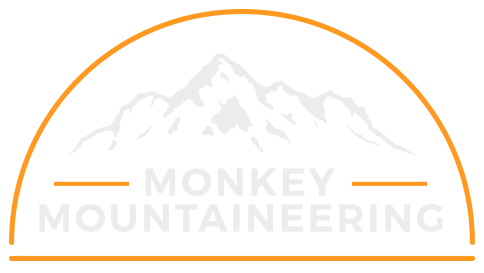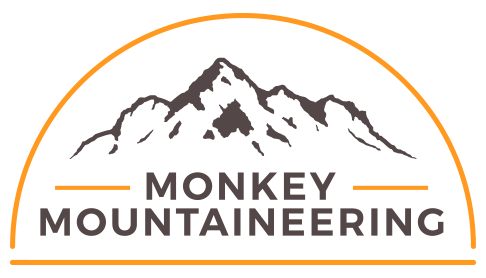Smaller group sizes
Putting local communities first
Your safety is our number one focus
Sustainable travel
Amazing experiences at affordable prices
AMS is short for Acute Mountain Sickness, an illness caused by being in a high-altitude environment, where the body needs more time to adjust to the low levels of oxygen. Symptoms of AMS include headaches, nausea, loss of appetite and poor or disturbed sleep. Whilst we can’t promise you won’t experience these symptoms, we can promise that we will carry out checks twice per day (at breakfast and again at evening meal) to make sure we monitor your resting heart rate and blood/oxygen saturation levels, recognising any symptoms and taking action to help reduce the risks. AMS might sound scary but it is really easy to avoid. You can find out more about AMS and altitude sickness HERE.

